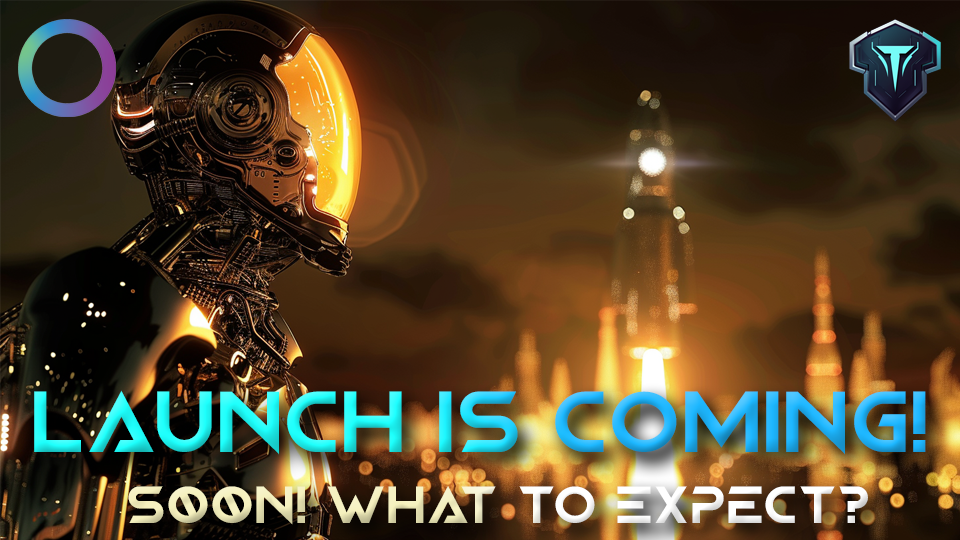
The world of gaming has undergone a significant transformation in recent years with the rise of blockchain technology and cryptocurrency. One of the most exciting new developments is play-to-earn games, a philosophy in blockchain gaming that allows players to earn while playing.
Although this model was revolutionary, it also comes with several challenges specific to blockchain gaming. This begs the question: are play-to-earn games a problem for blockchain gaming?
In this article, we’ll explore what play-to-earn games are and whether they pose a problem for the future of blockchain gaming. You may scroll through the following sections of the article:
- Read more about blockchain gaming
- What are play-to-earn games?
- Why are play-to-earn games so popular?
- Are play-to-earn games a problem for blockchain gaming?
- Fewer labels, higher quality games
- Conclusion
Read more about blockchain gaming
If you’re interested in this topic, you will love to read our previous articles on blockchain gaming:
- What do blockchain games need to be successful? More gameplay, less finance
- The Pros and Cons of Play-to-Earn Games: A Comprehensive Guide
- What is GameFi? The Future of Blockchain Gaming
What are play-to-earn games?
Play-to-earn games are a new type of gaming experience that combines the excitement of video games with the opportunity to earn real rewards. In play-to-earn (P2E) games, players can earn money with blockchain technology.
These rewards can come as cryptocurrency or in-game items, many of which are non-fungible tokens (NFTs), which can be traded or sold on decentralized exchanges or marketplaces.
When compared to the traditional games you might play on Steam or other platforms, the key difference is that rewards players earn in P2E games are transferable and can be traded on the open market. In some cases, a player can even sell their entire account
To learn more about play-to-earn games, including their history before arriving on the blockchain, check out our comprehensive guide on their pros and cons.
Why are play-to-earn games so popular?
There are several reasons why play-to-earn games have gained popularity in recent years, but the primary one is that they allow players to capitalize on their in-game progress in ways that weren’t possible before.
In addition, since they have been associated so much with the cryptocurrency market, they have attracted a lot of interest from investors worldwide, especially during the 2020 and 2021 bull markets. Due to this sizeable institutional interest, several famous game studios, such as Ubisoft, Activision, and Electronic Arts, have considered incorporating blockchain technology into their games. Furthermore, the rise of Axie Infinity, which saw many people make thousands of dollars from playing their game, rippled through the rest of the crypto market.
Lastly, the metaverse’s connection to the play-to-earn sector is undeniable, with games like The Sandbox and Decentraland gamifying a social experience in a virtual universe. This became even more apparent when Facebook re-branded to Meta following CEO Mark Zuckerberg’s announcement in October 2021.
Are play-to-earn games a problem for blockchain gaming?
As an early model of blockchain gaming, P2E games have been revolutionary by rewarding players generously in crypto simply for playing a game. Despite its novelty, this system prioritizes earning rather than gameplay, leading to unsustainable in-game economies that fizzle out shortly.
Developers may focus more on creating an exciting yet unsustainable economic model rather than on engaging gameplay, leading to a less enjoyable experience for players. This has been the case with Axie Infinity, which relied on a token, Smooth Love Potion (SLP), structured like a Ponzi scheme.
This framework has several other drawbacks players should be aware of, such as the high cost of entry and the risk of losing money due to market volatility. Read a full breakdown of the pros and cons of play-to-earn games here.
Fewer labels, higher quality games
Apart from P2E, other labels or categories describe blockchain games. For example, the term play-and-earn is a newer model that prioritizes gameplay rather than earning potential to build upon the shortcomings of P2E.
Developers intend to make rewards a bonus instead of the primary reason for playing a game, as Revenant is doing with Battle of Olympus.
Although terms like play-and-earn, P2E, and GameFi can help identify the intersection between gaming and finance, some industry experts argue that using such niche terms may do more harm than good.
Therefore, if blockchain technology is to integrate with games and reach the mass market beyond just the cryptocurrency sector, it may require dropping these categorizations altogether. In other words, developers should continue to put gameplay above all else and incentivize players with rewards but stay away from terms that are niche to crypto communities.
Traditional gamers don’t necessarily care about blockchain and often reject related terms. Therefore, finding more accessible terms to reach these large audiences is crucial.
If you are interested in learning more about how blockchain games can reach traditional gamers, listen to the Battle of Olympus Twitter Space with our partners at Game Space for an engaging conversation.
Conclusion
In conclusion, play-to-earn games are a unique and innovative approach to gaming, which has attracted much interest and investment from players, game studios, and investors alike.
Although the concept of earning rewards in-game is attractive, the model of play-to-earn has some challenges, such as developers prioritizing earnings over gameplay and the high cost of entry with the risk of market volatility.
To ensure the longevity and success of blockchain gaming, it may be necessary to move away from niche terms and prioritize engaging gameplay for a wider audience. In the end, the key to the future of blockchain gaming is to balance rewards with quality gameplay, which is a priority for the Revenant team developing Battle of Olympus.





